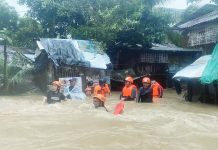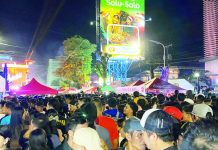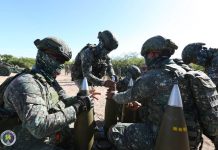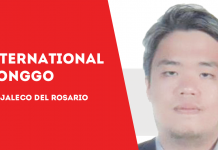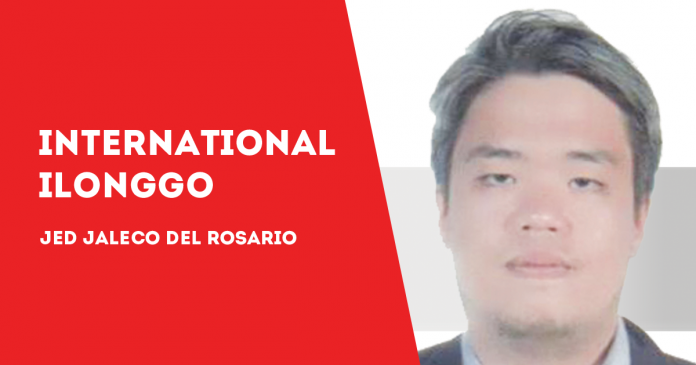
THERE is a myth regarding the EDSA People Power Revolution. This myth is the unspoken assumption that EDSA was entirely the product of ordinary working and middle-class masses who went out into the streets and stood their ground against the Marcos regime.
Like many myths though, the facts don’t support it. Fidel V. Ramos, Juan Ponce Enrile, the Aquinos, several high-ranking military officers and the Catholic Church, not to mention several interests with a grudge against Ferdinand Marcos and his administration. ABS CBN and the Lopezes come to mind. Looking at these interests. It’s clear that EDSA was more than just a working class / middle-class uprising.
This isn’t to say that the masses were just pawns in EDSA, but I don’t think they would have succeeded without elite support. Some might argue that, yes, the masses of EDSA would have succeeded even if Ramos, Enrile, Sin and the others had remained loyal to the government. I would, however, argue no.
Uprisings rarely succeed without elite support, and this is because uprisings are a form of warfare, and like all forms of war, they require coordination, assets, means of communication and more. So when people talk about how EDSA was all about People Power, I get the urge to tell them that no, counter-elites were also involved.
For comparison, let us examine the “insurrection” that took place early this January when Donald Trump’s supporters stormed the US Capitol. The only captured scene of violence was one of the Trump supporters getting shot by security.
That event had the power to become an American EDSA, but it quickly fizzled out, and now those who participated are being hounded.
Why did they fail? They had no counter-elites to watch their backs. All they had was Trump. But even he renounced them.
So in the end, they were on their own, and there’s a lesson there: Counter-elites are necessary for any successful political movement./PN

